Macadamia nuts — creamy, buttery, and luxuriously crunchy — have long been a gourmet favorite across the globe. These nutrient-rich, heart-healthy nuts are not only a premium snack but also a prized ingredient in confections, baked goods, chocolates, nut butters, and dairy-free milks. As global demand for healthier plant-based and indulgent snacks rises, macadamia nuts have secured a valuable spot in international trade.
While macadamias are native to Australia and cultivated in several tropical and subtropical regions, the appetite for these rich nuts spans continents. But the question remains: which country is the largest macadamia nut importer in the world?
Let’s explore the answer in detail, breaking down import trends by value and volume, understanding global consumption patterns, and uncovering what drives the demand for this premium nut.
Global Overview of the Macadamia Nut Market
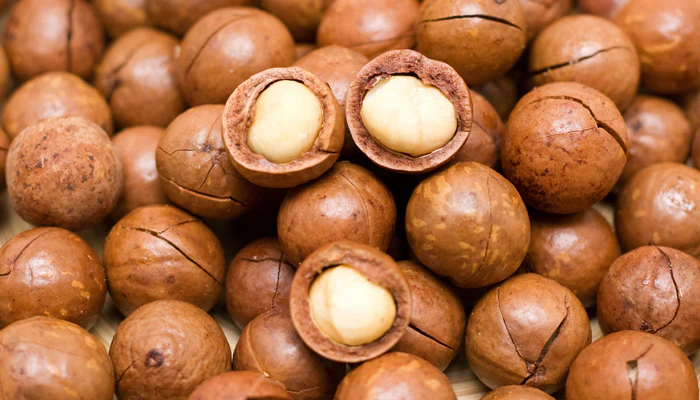
Macadamia nuts, despite their niche production compared to almonds, walnuts, or cashews, have witnessed remarkable growth in global trade over the past decade. The world’s macadamia nut production surpassed 335,000 metric tons in 2024, with top producers being South Africa, Australia, Kenya, the United States, Malawi, and Vietnam.
Though some producing countries meet their domestic demand, others rely heavily on imports to satisfy their growing markets — particularly where macadamias are consumed in large volumes in processed foods, chocolates, pastries, snack mixes, and health foods.
Which Country Is the Largest Macadamia Nut Importer in the World?
As of the latest trade reports, the United States is the world’s largest importer of macadamia nuts. Both by value and by volume, the U.S. tops the global import charts, a reflection of its vast and diverse food industry, along with its population’s growing interest in premium, health-focused, and plant-based products.
United States: The Leading Macadamia Importer
In 2023:
- The United States imported approximately 6,080 metric tons of macadamia nuts.
- The total value of these imports was around USD 89.17 million, accounting for about 25.5% of the global macadamia import market by value.
Macadamias are widely used in American households as a healthy snack, in ice creams, premium nut mixes, confectionery, baked goods, trail mixes, and increasingly, as plant-based milk. The popularity of organic and natural food products in the U.S. continues to fuel this growth.
Other Major Macadamia Nut Importers
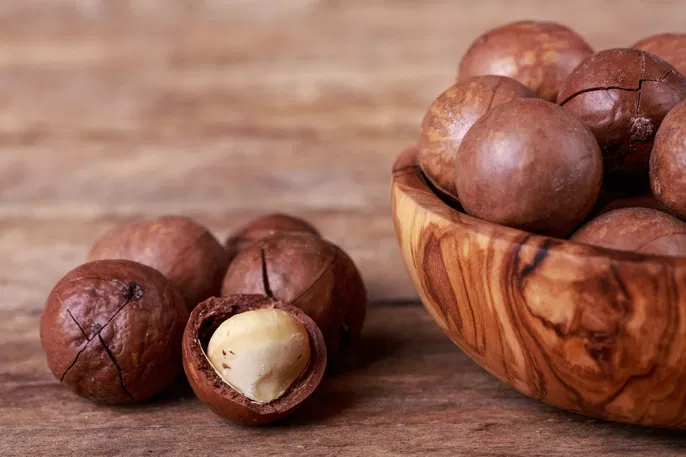
While the U.S. holds the top spot, other nations also contribute significantly to global macadamia nut imports. These include:
China
- 2023 Imports: Approx. 5,960 metric tons
- Import Value: Around USD 45.11 million
- Share of Global Imports: 12.9%
China’s macadamia consumption has skyrocketed in recent years, making it one of the fastest-growing markets globally. Macadamias are considered a luxury, popular for gifting, snacking, and incorporation into health foods and desserts. Domestic production is growing, but imports — primarily from Australia, South Africa, and Kenya — still dominate.
Germany
- 2023 Imports: Approx. 3,780 metric tons
- Import Value: USD 39.45 million
- Share of Global Imports: 11.3%
Germany has a long-standing tradition of using premium nuts in its bakery and confectionery industries. Macadamias are commonly found in pastries, chocolates, cookies, and high-end snack products. The country’s reputation for gourmet sweets and fine foods helps sustain its position as one of the top importers.
Japan
- 2023 Imports: Approx. 2,660 metric tons
- Import Value: USD 31.40 million
- Share of Global Imports: 9%
Japan’s health-conscious consumers and thriving confectionery sector make it a strong market for macadamia imports. The nut is particularly popular in chocolates, traditional sweets, and health-focused snack packs.
Netherlands
- 2023 Imports: Approx. 1,880 metric tons
- Import Value: USD 22.01 million
- Share of Global Imports: 6.3%
The Netherlands acts as a strategic entry point for nuts into the European market, re-exporting processed and packaged products to neighboring countries.
Regional Import Trends
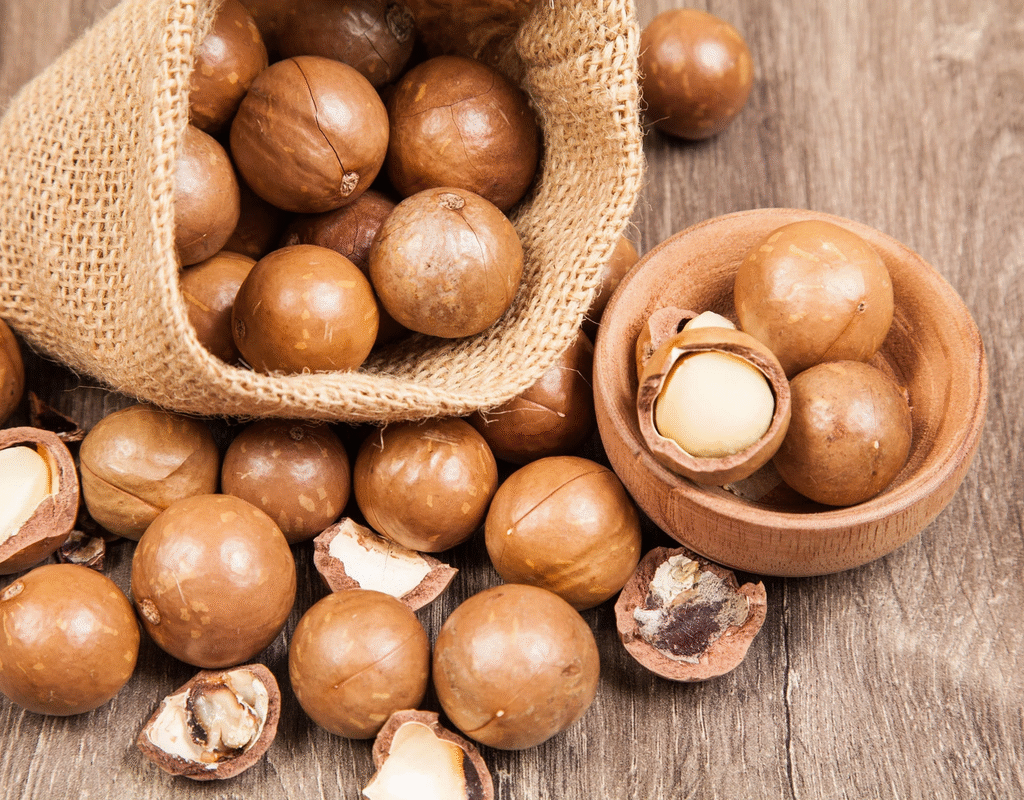
North America
Besides the United States, Canada and Mexico also maintain a steady demand for macadamias, driven by a similar health and wellness trend, and the popularity of natural food products.
Europe
Germany, Netherlands, France, the UK, and Switzerland are significant macadamia markets in Europe. The region values premium, high-quality nuts in confectionery and gourmet foods.
Asia-Pacific
China leads the region, followed by Japan, South Korea, and Taiwan. The Asia-Pacific market accounted for more than 63% of global macadamia nut imports by value in 2024.
Import Prices: Shelled vs. In-Shell
Macadamia nuts are traded as:
- In-shell nuts, often for roasting and direct snacking.
- Shelled kernels, used in baking, chocolates, and food processing.
In 2024:
- Average global price for in-shell macadamias: USD 2,635/ton (4.4% increase from previous year)
- Average global price for shelled macadamia kernels: USD 10,145/ton (7.7% decrease from the previous year)
Shelled macadamias command higher prices due to labor-intensive shelling, quality control, and handling processes.
Where Do These Macadamias Come From?
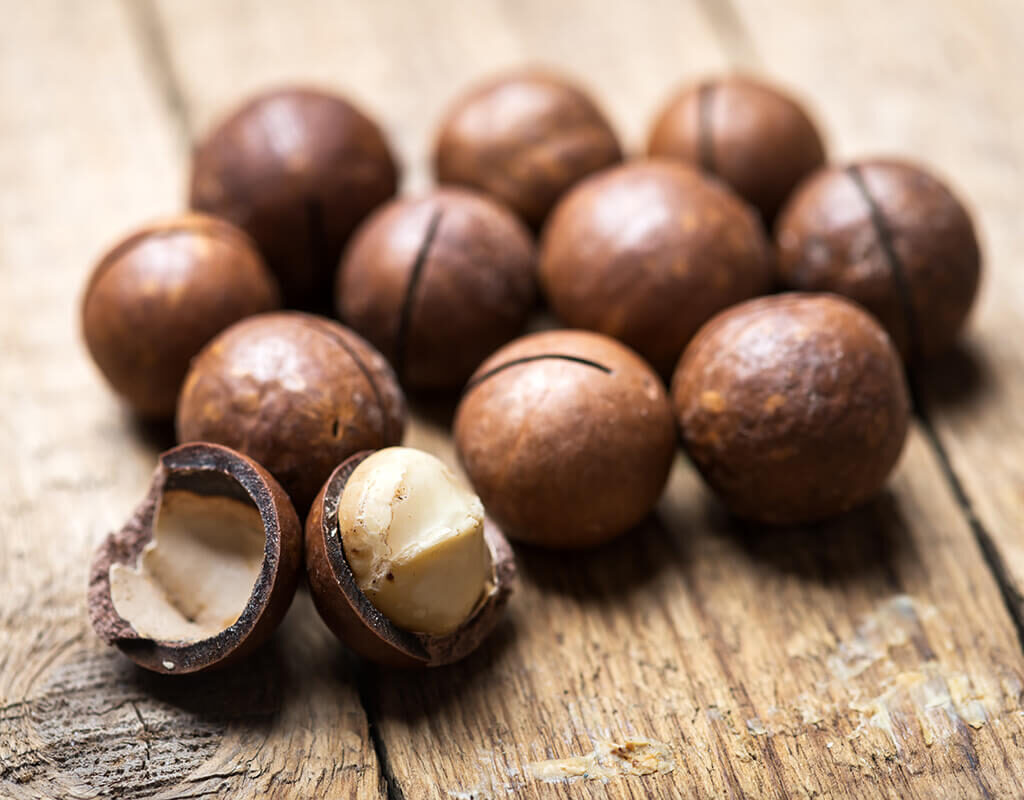
The global macadamia export market is dominated by:
- South Africa: The largest exporter, shipping over USD 293 million worth of macadamias in 2023.
- Australia: A traditional leader, with USD 164 million in exports.
- Kenya: Rising steadily with USD 75.2 million.
Other contributing countries include Vietnam, Malawi, Guatemala, and the U.S. (Hawaii).
Future Outlook for the Macadamia Nut Market
The macadamia industry is poised for significant growth:
- Global macadamia kernel demand is projected to rise from 64,000 metric tons in 2022 to 137,000 metric tons by 2027 — more than doubling in just five years.
- China’s consumption alone is expected to triple, reaching 46,500 metric tons by 2027.
- The U.S. market will continue expanding, driven by increasing interest in clean-label, plant-based, and functional foods.
Production is also scaling up:
- South Africa and Australia have increased cultivation areas.
- Emerging growers in Guatemala, Malawi, and Vietnam are investing in orchards to meet global demand.
Conclusion
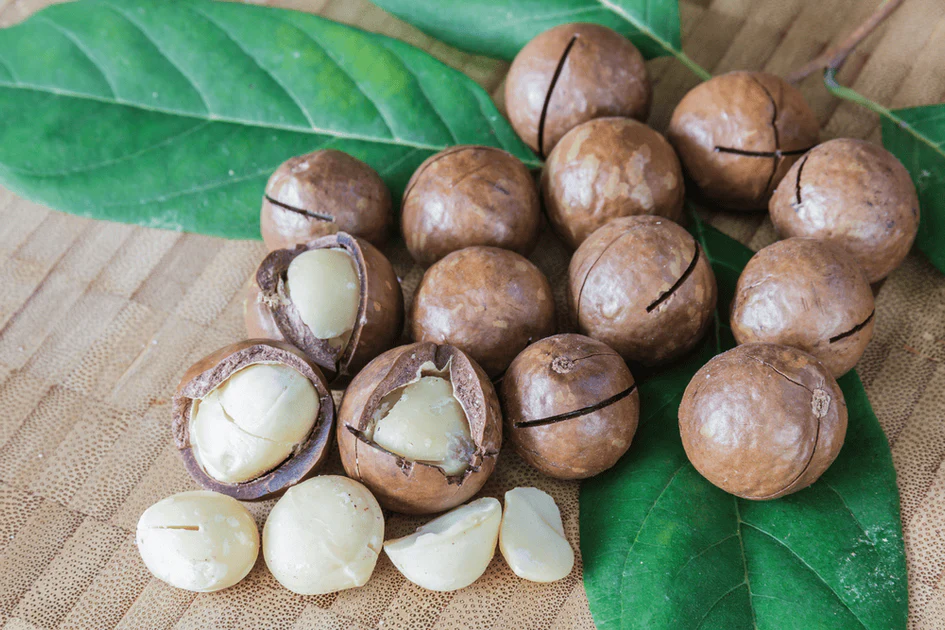
In summary:
- The United States is currently the largest macadamia nut importer in the world, leading both in terms of value and volume.
- China is rapidly closing the gap, with consumption growing exponentially.
- Germany, Japan, and the Netherlands are key importers, sustaining demand within Europe and Asia.
- The global appetite for macadamias continues to grow, fueled by health trends, rising incomes, and the premiumization of snack and food markets.
With expanding production and diversified supply chains, the international macadamia market is set for a dynamic future. Yet for now, the U.S. remains the global leader in macadamia imports — a reflection of its thriving food culture and appetite for indulgent, nutritious snacks.

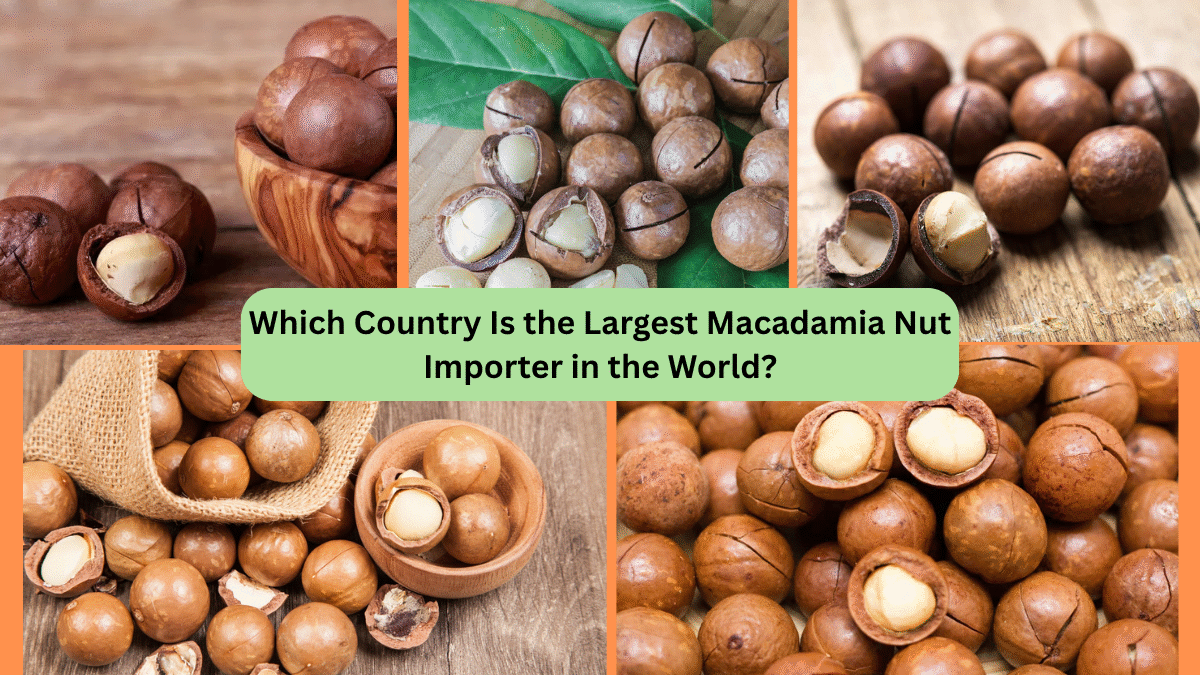




Leave A Comment